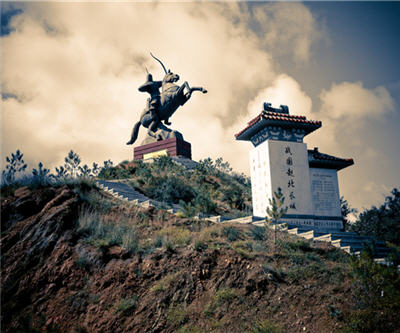
Following a World Trade Organization ruling, China in January announced it’s abolishing its decade-old export quota system for rare earths.
China produces nearly 90% of the world’s REEs and is also the top consumer of the 17 elements used in a variety of hi-tech industries including renewable energy, medical devices and defence.
But even before the lifting of quotas the country’s rare earth exports started to expand rapidly. Customs data show export volumes grew 27.3% in 2014 to 28,000 tonnes, according to a China News Service report.
At the same time the average export price of rare earth products plummeted to only 83,000 yuan ($13,000) per tonne. That’s a decrease of 47.8% from the year before and the third year in a row of sharp declines.
According to the report improving US manufacturing demand was behind the higher volumes. Japan was the number one buyer receiving nearly 43% of outbound shipments while the US ranked second.
“Sluggish demand downstream” is blamed for the drag on prices. China’s downstream industry consumes 70% of global production which was expected to have grown 9% to 127,000 tonnes last year according to official estimates.
Only two mines produce rare earths outside China. Molycorp’s Mountain Pass mine in California is targeting production of 20,000 tonnes per year and is aggressively ramping up from its 2014 total of just 4,785 tonnes even as it continues to lose money.
Lynas hit its expected target of 11,000 tonnes per year from its Mount Weld mine in Australia and Malaysian plant during the fourth quarter last year, but is also experiencing negative cash flow amid falling prices.
China is due to lift export taxes on rare earths in May, which could add further pressure on prices.
Image of shrine in Baotou City by Matthew Stinson.